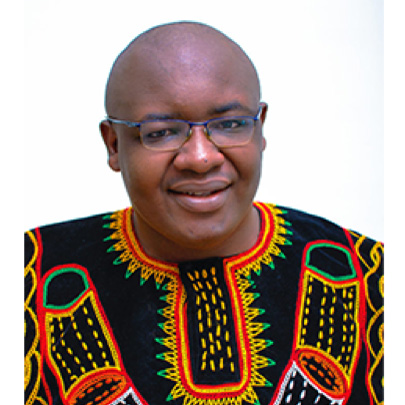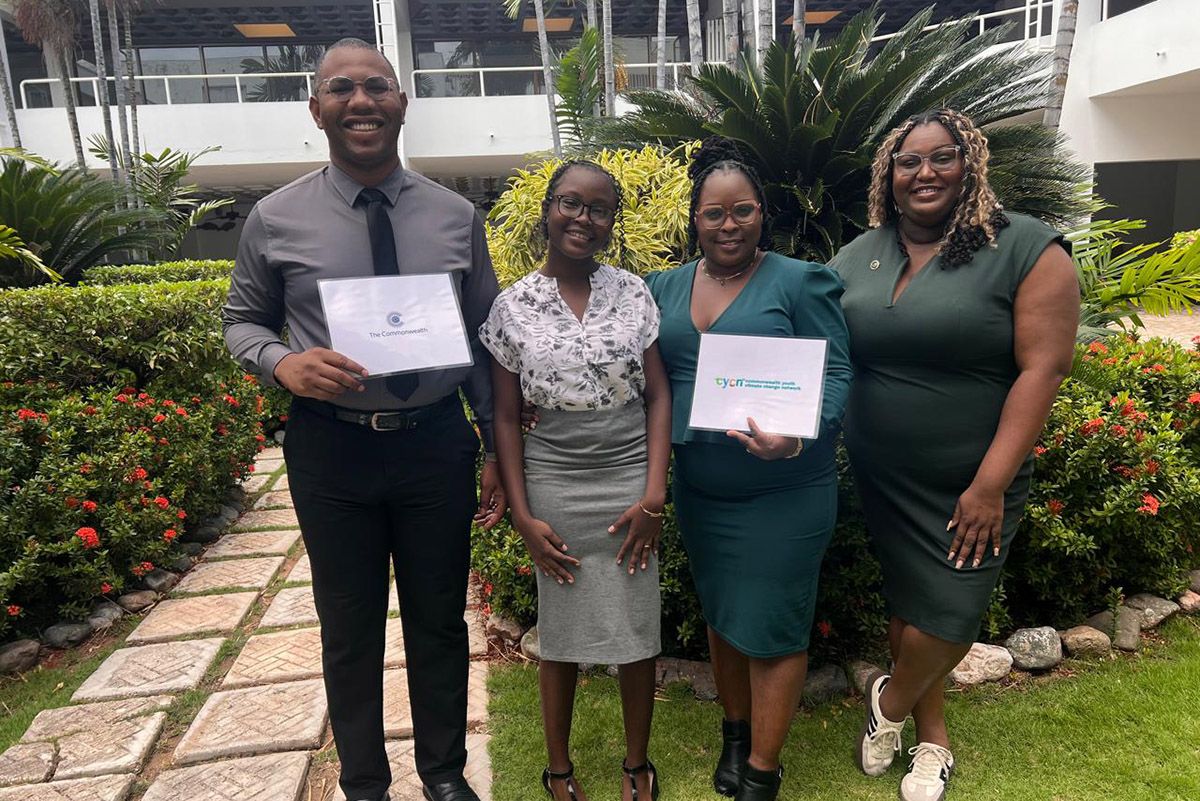"Phone numbers in Cameroon now one digit longer"
December 17 Mobile phone use is up sharply in Cameroon, and the provider options are growing. Alphonse Akouyu, 20, a Commonwealth Correspondent from Bamenda in Cameroon, reports that adds up to a new numbering system that means work for customers but opportunity for the future.
Mobile phone use is up sharply in Cameroon, and the provider options are growing. Alphonse Akouyu, 20, a Commonwealth Correspondent from Bamenda in Cameroon, reports that adds up to a new numbering system that means work for customers but opportunity for the future.
The 21st century has witnessed a massive growth in mobile technologies, with most developing countries now embracing the 4G (fourth generation) and in some cases 5G technologies. In the same light, Cameroon has not been left out in the quest to obtain this technology.
The visible effects of a nation trying to embrace this mobile technology showed itself when it was announced that as of the 21st of November 2014, phone numbers were going to switch from the traditional eight digits to nine. A similar change had occurred in the past but this was a little bit different.
Before looking at the change it is important to note that Cameroon has three main telecommunication companies which provide mobile services and one lone national operator which provides ‘fixed line services’, though it was granted a mobile license. The three companies are MTN (Mobile Telephone Network) of South African origin, Orange from France and the new comer Vietel (Vietnam Telecommunications Company) from Vietnam, which uses Nexttel as its operating name.
For quite a while now, the battle for market supremacy was between MTN and Orange, until Vietel started operations in September 2014. Vietel has however come in to the market in grand style, obtaining the exclusive license to operate Cameroon’s first ever 3G network even though the license expires in 2015. The other three operators would definitely obtain the license once that of Vietel expires in 2015, so that they will be able to appeal to more consumers.
Cameroon’s consumer portfolio in terms of mobile telephone subscribers is growing at a fast pace with an estimated 16 million subscribers. MTN controls the largest share with estimates around 10 million consumers and the rest is distributed between Orange, Cameroon Telecommunications (CAMTEL) Company and Vietel, the new comer. Vietel’s 3G dimension is making that choice appealing to more to consumers especially with regards to the clarity of the lines and internet services. The others when compared to Nexttel still leave much to be desired with regard to clarity and data connectivity. Consumers have welcomed the Vietel initiative even though most of their contacts still belong to the other networks, which many believe need not just improvement but a system overhaul.
The numbering problem is an issue which had been in discussion for a while. MTN had ‘7’ as its code number, Orange had ‘9’ and Nexttel had ‘6’. CAMTEL rather had regional codes with each of the ten regions of Cameroon having its own specific code. The rise in the number of consumers made regulators ask consumers to change the system, with old consumers adding ‘7’ and ‘9’ before their numbers to pave the way for new numbers. In short, it switched the phone numbers from seven digits to eight. Later on, before the arrival of Nexttel, the two main competitors were given ‘5’ in order to cope with the growing number of subscribers. The decision to send the numbering to nine digits was an inevitable one given the rise in the number of subscribers. This move, unlike the others, is a major turning point in the mobile telephone industry in Cameroon.
The rise in the number of subscribers on paper does not really mean that there is growth on the ground. This is because with the price of sim cards having dropped to as low as one hundred CFA francs, it means a single subscriber can be in possession of any number of registered telephone numbers he wishes to have. At such there is double counting in the sense that John can have numbers for his MTN, Vietel, Orange and Camtel accounts. In their different systems, he would be counted as part of each consumer portfolio. The same person can have more than five different numbers in different networks. The system led to a lot of misuse and abuse. However with the new system, before any MTN, Orange and Nexttel, the consumer dialing ‘6’ with the city codes for the Camtel lines automatically becomes redundant in the sense that the consumer dials ‘2’ before any Camtel number. In a few months, it would be difficult to identify MTN, Orange or Nexttel since all their number would bear ‘6’. Contacts therefore have changed even though consumers had to make the changes themselves.
The older customers complained about adding ‘6’ and ‘2’ before hundreds of numbers in the phones, while the young ones said they could use apps to make the changes. Some Cameroonians were shown on national TV trying to make the changes manually, even as calls for the operators to effect the change automatically fell on deaf ears. Weeks in to the change and it is business as usual in the sector, even though the D-day had some hitches.
Mobile telecommunications has taken a move for the future and for the better. For the old grandmother who has to add ‘6’ and ‘2’ before five hundred numbers in her phone, it is a very stressful move. However, some say that there is no development without destruction, though this move is not destructive in the actual sense of the word. The coming years will definitely be full of hope and numerous aspirations for the telecommunications industry in Cameroon, and consumers can only hope for better services.
photo credit: whiteafrican via photopin cc
…………………………………………………………………………………………………………………
About me:
Hello everyone this is your friend Akouyu Alphonse from Bamenda located in the North West Region of Cameroon. I’m currently in my last year in the Catholic University of Cameroon Bamenda studying Banking and Finance. I will be completing my studies in June of 2014 with the hope of becoming a Business/International Relations expert.
My areas of interest are serving as Journalist especially on Sports (football) and societal issues aimed at inspiring people to believe in themselves and volunteerism
…………………………………………………………………………………………………………………
Opinions expressed in this article are those of the author and do not necessarily represent the views of the Commonwealth Youth Programme. Articles are published in a spirit of dialogue, respect and understanding. If you disagree, why not submit a response?
To learn more about becoming a Commonwealth Correspondent please visit: http://www.yourcommonwealth.org/submit-articles/commonwealthcorrespondents/
…………………………………………………………………………………………………………………






